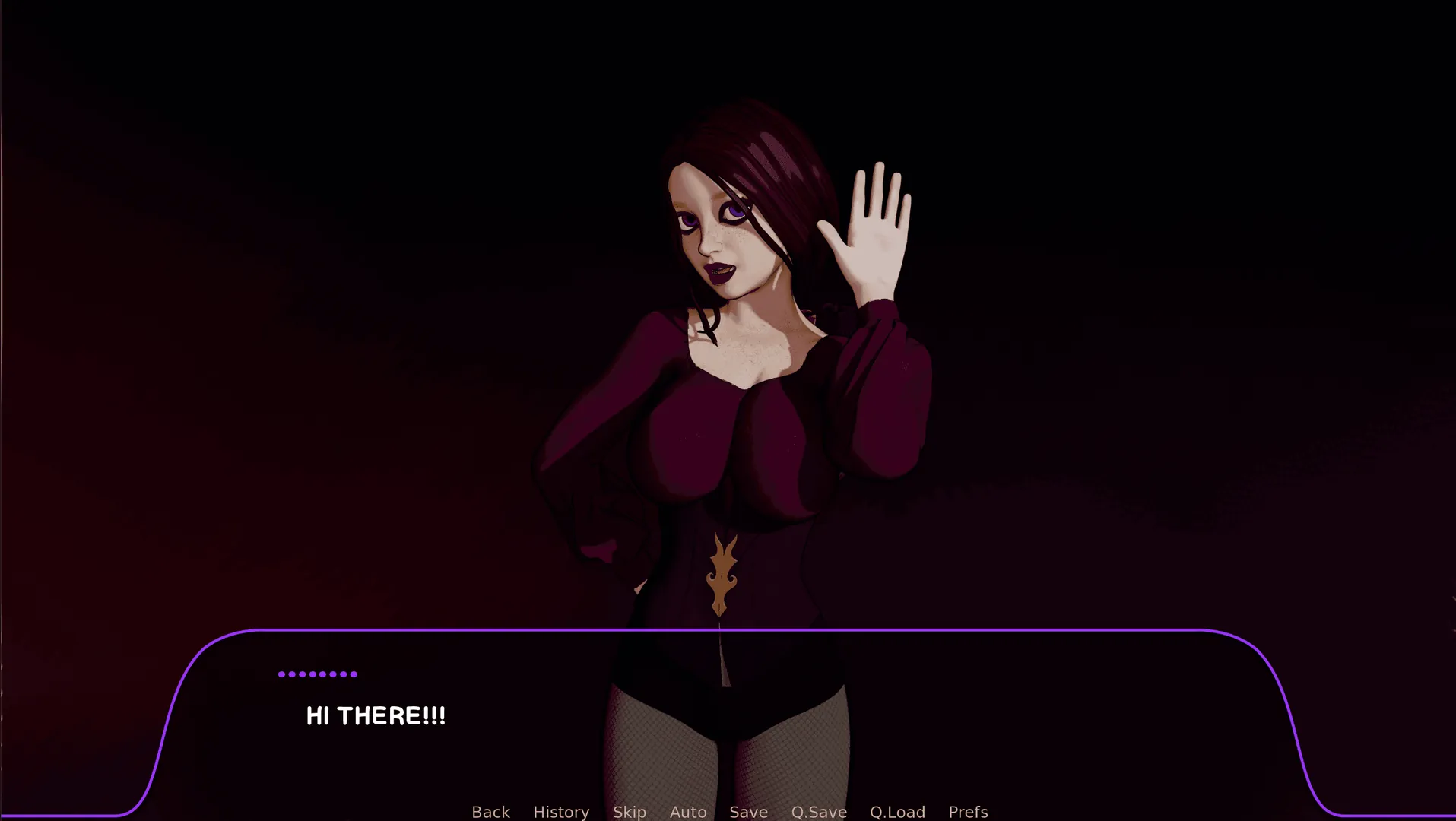
Halfway House
Play Halfway House
Halfway House review
A Comprehensive Guide to Characters, Choices, and Gameplay Mechanics
The interactive visual novel ‘Halfway House’ has captivated players with its nuanced storytelling and complex character dynamics. Developed by Az, this mature-themed game follows a protagonist navigating post-detention life through meaningful choices that shape relationships and outcomes. With 10 episodic releases and multiple branching paths, it offers a unique blend of coming-of-age drama and strategic decision-making that merits closer examination.
Core Gameplay Systems and Narrative Design
Choice-Driven Progression Mechanics
Let’s cut to the chase: Halfway House doesn’t hold your hand. 🎮 Every decision you make—from flirting with a roommate to skipping work—ripples through the story like a pebble tossed into a pond. The choice-based gameplay here isn’t just window dressing; it’s the engine that drives everything. Think of it like a choose-your-own-adventure book, but with way more consequences (and, let’s be real, way more drama).
Take my first playthrough, for example. I thought it’d be hilarious to ghost everyone and focus solely on my character’s career. Big mistake. 💥 By Episode 3, my relationships had crumbled, and I was stuck with scenes so lonely they’d make a hermit cringe. That’s the beauty—and brutality—of narrative branching paths. The game remembers everything, and it’s not afraid to punish (or reward) your impulsiveness.
Here’s the kicker: Halfway House walkthrough strategies often emphasize focus. Want to romance the aloof artist? You’ll need to ditch the “nice guy” act and lean into her corruption points system. Prefer wholesome friendships? Protect those relationship meters like they’re your last slice of pizza. 🍕 The key is committing to a path early—scattergun choices lead to narrative dead-ends faster than you can say “reload save.”
Relationship Point Dynamics Explained
Okay, let’s demystify the game’s infamous corruption points system. Imagine two invisible scales: one tracking how “pure” your relationships are, the other measuring how far you’ve pushed characters toward morally gray territory. ⚖️ These metrics aren’t just flavor text—they’re gatekeepers for entire story arcs.
| Path Type | Key Triggers | Outcome Examples |
|---|---|---|
| Friendship | Supportive dialogue, shared activities | Emotional confessions, collaborative endings |
| Corruption | Manipulative choices, risky favors | Power dynamics shifts, secret rendezvous |
During my “corruption” playthrough, I learned the hard way that this system isn’t black-and-white. 🖤 One late-night decision to blackmail a neighbor locked me out of three friendship routes permanently. But hey, that’s Halfway House for you—it’s like a toxic relationship you can’t quit.
Pro tip: Use the Halfway House walkthrough guides to track hidden thresholds. For example, Lily’s “bad ending” requires 70+ corruption points before Episode 5. Miss that window? Better start a new save file.
Balancing Freedom vs. Story Constraints
Here’s the elephant in the room: Halfway House gives you wings… but clips them just enough to keep the story coherent. 🐘✂️ The episode structure analysis reveals why: each chapter acts as a checkpoint, freezing certain stats and locking in major decisions. It’s like the game saying, “You had fun, but now live with it.”
Some players hate this. I’ve seen forum rants about “losing agency” after Episode 4—but honestly? Without these guardrails, the narrative branching paths would collapse under their own weight. Ever tried writing 50 different storylines? Neither have I, but I’m guessing it’s harder than assembling IKEA furniture blindfolded.
The secret sauce is in the choice-based gameplay design. You get freedom where it matters (relationship-building, career choices) and constraints where you need direction (main plot twists). Want to maximize both corruption and friendship points? Good luck—the game’s economy penalizes fence-sitting harder than a strict parent. 🚫
🚨 Hot take: If you’re frustrated by the pacing, you’re probably ignoring the episode structure analysis. Treat each chapter like a mini-campaign with its own goals. Episode 2? Stack points. Episode 6? Reap rewards.
At the end of the day, Halfway House isn’t about “winning.” It’s about crafting a story so messy, personal, and addictive that you’ll forget it’s just pixels on a screen. 🔥 So grab that walkthrough, embrace the chaos, and remember: save often. Very often.
Through its ambitious narrative design and complex character web, ‘Halfway House’ establishes itself as a standout entry in interactive storytelling. While the irregular update schedule presents challenges, the game’s committed fanbase continues dissecting every choice and relationship nuance. For newcomers, starting with focused character paths using community walkthroughs provides the most rewarding entry point to this evolving dramatic experience.















